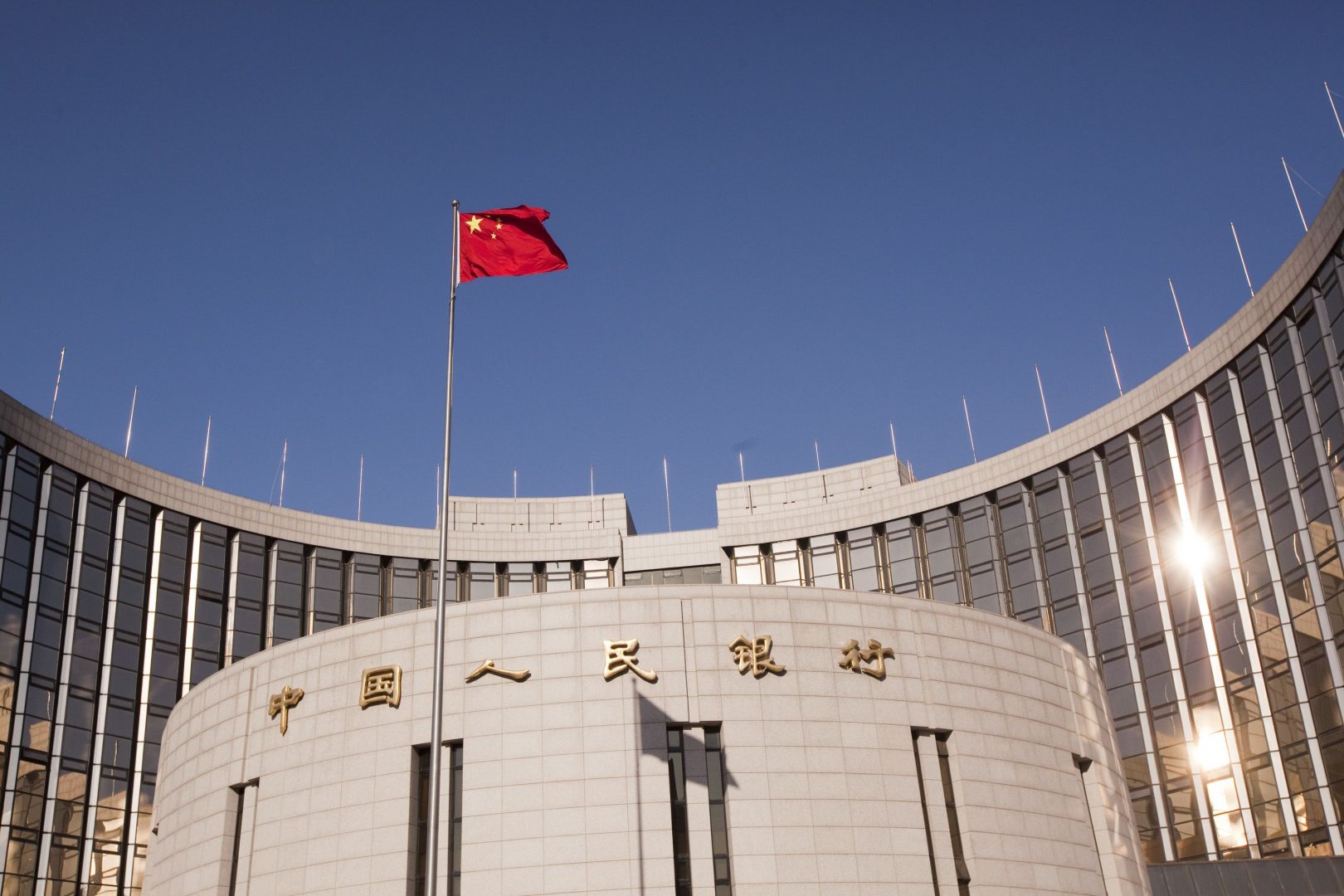China: october loan data announces weak outlook

China’s credit growth slowed sharply in October, despite pressure by regulators on banks to help keep cash-starved companies afloat, pointing to further weakening in the economy in coming months.
While October is typically a slow month for Chinese credit, growth in key gauges such as total social financing and money supply fell to record lows, reinforcing views that policymakers will need to step up efforts to revive flagging investment.
The weaker trend also suggested overall credit conditions in China tightened last month despite recent easing in monetary policy, including moves by the central bank to bring down market interest rates and four cuts in banks’ reserve requirements so far this year.
Chinese banks extended 697 billion yuan ($100.23 billion) in net new yuan loans in October, central bank data showed on Tuesday, much less than expected.
However, Chinese banks are wary of a fresh spike in bad loans after years of pressure from regulators to reduce riskier lending. Chinese bank shares tumbled on Friday on fears they will be saddled with more non-performing loans.
Money supply growth was also markedly weak, in further evidence that companies are reluctant to make fresh investments as U.S. tariffs on Chinese goods add to uncertainties about the demand outlook at home.
Most analysts, however, don’t expect policymakers to cut benchmark rates any time soon, but could step up tax cuts and infrastructure spending to put a floor under the slowing economy.
China’s economic growth cooled to 6.5 percent in the third quarter year-on-year, its slowest pace since the global economic crisis, and pressures will build sharply from January year when higher U.S. duties are due to take effect.
Combined trust loans, entrusted loans and undiscounted bankers’ acceptances, which are common forms of shadow banking finance, fell by 267.5 billion yuan in October, following a slide of 2.3 trillion yuan in the first nine months.
One key reason for the decline was that local governments had maxed out their bond quotas after a rush of debt issuance in the third quarter, Capital Economics said.
After a lengthy clampdown, Beijing has been pushing local governments to spend on infrastructure projects again as part of its growth boosting measures. China will release investment data on Wednesday along with industrial output and retail sales.

